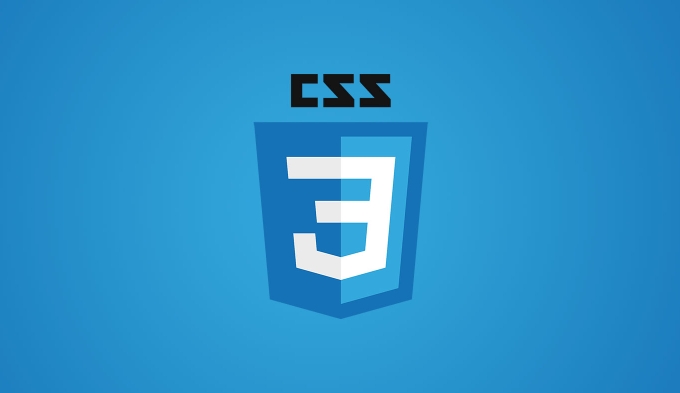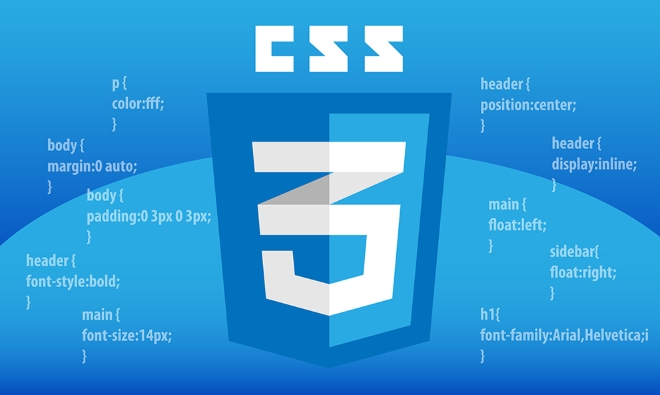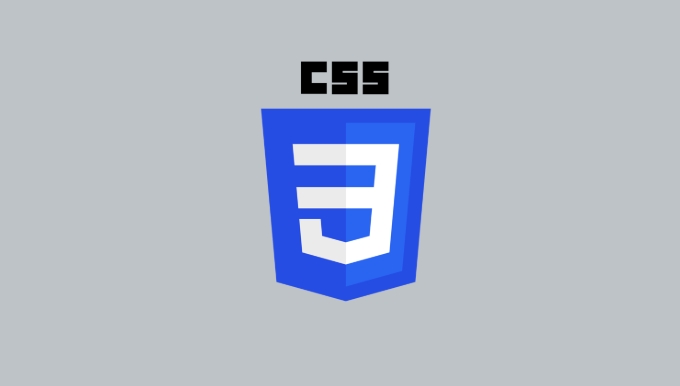It is basically feasible to add styles to SVG elements, but you need to pay attention to their characteristics. 1. Inline SVG can be controlled by CSS through class name, label name, and ID, such as setting properties such as fill, stroke, and supports dynamic effects; 2. External SVG cannot be controlled directly with page CSS, and solutions include inline introduction, SVG internal writing style or JavaScript injection; 3. SVG has unique properties such as fill and stroke, and traditional CSS properties such as background-color are not applicable; 4. Using CSS variables can improve flexibility, facilitate unified management of colors and sizes, and suitable for theme switching and reuse styles.

Adding styles to SVG elements is actually similar to writing ordinary HTML CSS, but it also has its own characteristics. It is completely feasible to directly control SVG with CSS on the web page, but you should pay attention to some details, such as how to select elements, which attributes can be controlled, etc.

1. Inline SVG can be directly controlled with the CSS selector
If you write SVG directly in an HTML file (inline SVG), you can set the style by class name, tag name, and ID just like operating a normal DOM element. For example:

<svg width="100" style="max-width:90%"> <circle class="my-circle" cx="50" cy="50" r="40" /> </svg>
Then write it in CSS:
.my-circle {
fill: red;
stroke: black;
stroke-width: 2px;
}The advantage of this method is that it can dynamically modify the style, such as adding a hover effect or media query.

2. External SVG files cannot be directly used for external CSS
If you introduce an SVG file through the <img alt="Styling SVG elements using css" > tag, or use it as a background image, then you cannot use the CSS on the page to control the elements inside. Because at this time, SVG is loaded as a whole picture, and the content inside is "closed".
There are several solutions:
- Put SVG on the page as inline content
- Write
<style>tag inside the SVG file and add styles to enter - Dynamic style injection using JavaScript
3. Pay attention to the properties unique to SVG
SVG has its own drawing properties, such as fill , stroke , stroke-width , etc., which can be set through CSS, but some traditional CSS properties do not work for SVG. For example, you cannot use background-color to change the color of the SVG graphics, you have to use fill or stroke .
In addition, the abbreviation properties of CSS (such as border ) are not applicable to SVG. Remember: SVG's rendering mechanism is different from HTML, so the style rules are slightly different.
4. Using CSS variables can enhance flexibility
You can use CSS custom properties to define colors or sizes, which makes it easier to reuse multiple SVG elements. For example:
:root {
--icon-color: blue;
}Then quote in the SVG style:
.fill-primary {
fill: var(--icon-color);
}This method is especially suitable for theme switching or unified management of icon colors.
Basically that's it. Although SVG looks like an image, if handled properly on the page, you can actually control the style flexibly.
The above is the detailed content of Styling SVG elements using css. For more information, please follow other related articles on the PHP Chinese website!

Hot AI Tools

Undress AI Tool
Undress images for free

Undresser.AI Undress
AI-powered app for creating realistic nude photos

AI Clothes Remover
Online AI tool for removing clothes from photos.

Clothoff.io
AI clothes remover

Video Face Swap
Swap faces in any video effortlessly with our completely free AI face swap tool!

Hot Article

Hot Tools

Notepad++7.3.1
Easy-to-use and free code editor

SublimeText3 Chinese version
Chinese version, very easy to use

Zend Studio 13.0.1
Powerful PHP integrated development environment

Dreamweaver CS6
Visual web development tools

SublimeText3 Mac version
God-level code editing software (SublimeText3)

Hot Topics
 How can I include CSS only on some pages?
Jun 11, 2025 am 12:01 AM
How can I include CSS only on some pages?
Jun 11, 2025 am 12:01 AM
There are three ways to selectively include CSS on a specific page: 1. Inline CSS, suitable for pages that are not frequently accessed or require unique styles; 2. Load external CSS files using JavaScript conditions, suitable for situations where flexibility is required; 3. Containment on the server side, suitable for scenarios using server-side languages. This approach can optimize website performance and maintainability, but requires balance of modularity and performance.
 Flexbox vs Grid: Understanding the Key Differences in CSS Layout
Jun 10, 2025 am 12:03 AM
Flexbox vs Grid: Understanding the Key Differences in CSS Layout
Jun 10, 2025 am 12:03 AM
Flexboxisidealforone-dimensionallayouts,whileGridsuitstwo-dimensional,complexlayouts.UseFlexboxforaligningitemsinasingleaxisandGridforprecisecontroloverrowsandcolumnsinintricatedesigns.
 Creating an Auto-Closing Notification With an HTML Popover
Jun 10, 2025 am 09:45 AM
Creating an Auto-Closing Notification With an HTML Popover
Jun 10, 2025 am 09:45 AM
The HTML popover attribute transforms elements into top-layer elements that can be opened and closed with a button or JavaScript. Popovers can be dismissed a number of ways, but there is no option to auto-close them. Preethi has a technique you can u
 What is 'render-blocking CSS'?
Jun 24, 2025 am 12:42 AM
What is 'render-blocking CSS'?
Jun 24, 2025 am 12:42 AM
CSS blocks page rendering because browsers view inline and external CSS as key resources by default, especially with imported stylesheets, header large amounts of inline CSS, and unoptimized media query styles. 1. Extract critical CSS and embed it into HTML; 2. Delay loading non-critical CSS through JavaScript; 3. Use media attributes to optimize loading such as print styles; 4. Compress and merge CSS to reduce requests. It is recommended to use tools to extract key CSS, combine rel="preload" asynchronous loading, and use media delayed loading reasonably to avoid excessive splitting and complex script control.
 How to use Lotties in Figma
Jun 14, 2025 am 10:17 AM
How to use Lotties in Figma
Jun 14, 2025 am 10:17 AM
In the following tutorial, I will show you how to create Lottie animations in Figma. We'll use two colorful designs to exmplify how you can animate in Figma, and then I'll show you how to go from Figma to Lottie animations. All you need is a free Fig
 Breaking Boundaries: Building a Tangram Puzzle With (S)CSS
Jun 13, 2025 am 11:33 AM
Breaking Boundaries: Building a Tangram Puzzle With (S)CSS
Jun 13, 2025 am 11:33 AM
We put it to the test and it turns out Sass can replace JavaScript, at least when it comes to low-level logic and puzzle behavior. With nothing but maps, mixins, functions, and a whole lot of math, we managed to bring our Tangram puzzle to life, no J
 External vs. Internal CSS: What's the Best Approach?
Jun 20, 2025 am 12:45 AM
External vs. Internal CSS: What's the Best Approach?
Jun 20, 2025 am 12:45 AM
ThebestapproachforCSSdependsontheproject'sspecificneeds.Forlargerprojects,externalCSSisbetterduetomaintainabilityandreusability;forsmallerprojectsorsingle-pageapplications,internalCSSmightbemoresuitable.It'scrucialtobalanceprojectsize,performanceneed
 Does my CSS must be on lower case?
Jun 19, 2025 am 12:29 AM
Does my CSS must be on lower case?
Jun 19, 2025 am 12:29 AM
No,CSSdoesnothavetobeinlowercase.However,usinglowercaseisrecommendedfor:1)Consistencyandreadability,2)Avoidingerrorsinrelatedtechnologies,3)Potentialperformancebenefits,and4)Improvedcollaborationwithinteams.






